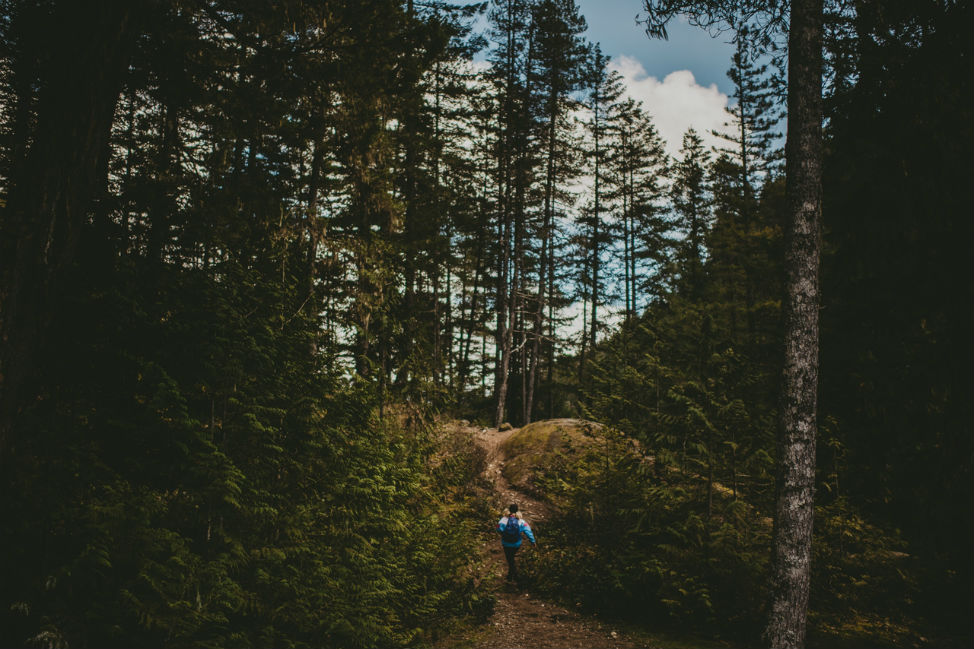The Solo 401(k) is a compelling retirement saving option for small-business entrepreneurs. It has all the benefits of a traditional 401(k) without the cumbersome and costly administrative requirements. Most importantly, several lesser-known but powerful Solo 401(k) strategies can take your retirement savings to a new level. Despite these appealing benefits, a Solo 401(k) is only appropriate in specific circumstances.
Have your Solo 401(k) cake and eat it too
The Solo 401(k) is specifically for business owners without full-time employees. Employees are considered full-time if they work more than 1,000 hours per year, so sole proprietors and single-member LLCs use the Solo 401(k). They can, nevertheless, still be effectively used in partnerships, multi-member LLCs, S-corporations, and C-corporations. The number of owners is not a concern. The key is NOT to HAVE ANY FULL-TIME EMPLOYEES.
Like a 401(k), the Solo 401(k) has…
- Employee contributions: Up to $23,000 (2024), or 100% of compensation, whichever is less, with an additional catch-up of $7,500 if you’re 50+.
- Employer contributions: A profit-sharing contribution of up to 25% of your W-2 compensation or 20% of net self-employment income. In this respect, a Solo 401(k) is better than a 401(k). How many employers give anywhere near 25% matching?
- Solo 401(k) Roth Option: It’s good to have the option to make Roth contributions that are considered after-tax contributions but tax-free distributions.
- The overall employee and employer maximum contributions are $66,000 (2023), or $73,500, with the additional $7,500 catch-up contribution if you’re 50+. This includes all employee and employer contributions to your 401(k)s. For example, if you had two jobs with two 401(k)s, you can’t contribute $66,000 to each.
The Solo 401(k) doesn’t have expensive and challenging administration tasks. The only requirement? An annual report on Form 5500-SF, but only if the plan has $250,000 or more in assets at the year’s end. However, this can be avoided by rolling funds over to an IRA or Roth IRA to get the balance under $250,000. Please note that all rollovers should be direct, meaning trustee-to-trustee, and don’t pass through your hands. You can do a direct rollover an unlimited amount of times per year. Indirect rollovers, which go to you first, are limited to one time in a 1 year period. Just avoid indirect rollovers. I’ll leave it at that.
Contribution calculation
Regarding contributions, you are both the employer and the employee. The contribution calculation differs depending on the type of business entity you have.
Sole proprietor or LLC taxed as a sole proprietor, partnership, or multi-member LLC calculation
For these business entities, everything is based on net adjusted business profit, which is net income (Schedule C or K-1) minus 1/2 of the self-employment tax.
Employee Contribution: There is no W-2, so the salary deferral contribution is 100% of the net adjusted business profit up to $23,000, or $30,500 if you’re 50 or older.
Employer Profit Sharing Contribution: 20% of net adjusted business profits.
For example, if Sue, a 40-year-old sole proprietor, has $92,000 in net adjusted business profit. She can make a $22,500 contribution as an employee and employer, a profit-sharing contribution of $18,400 ($92,000 * 20%) for a total contribution of $40,900.
S or C corporation or an LLC taxed as a corporation calculation
Employee Contribution: 100% of W-2 earnings up to $23,000, or $30,500 if you’re 50 or older.
Employer Profit Sharing Contribution: up to 25% of W-2 earnings.
For example, if Sue, age 40, has an S-Corp instead and earned $100,000 in W-2 wages from her S-corp. She can make up a $23,000 contribution as an employee, and $25,000 (25% * $100,000) in profit-sharing contributions for a total of $48,000.
How you can unleash the potential of the Solo 401(k)
It’s time to hold onto your hats and prepare for some heart-pounding retirement savings excitement. Up until now, we’ve reviewed the essential nuts and bolts. Now it’s time to reveal how you unleash the full potential of your Solo 401(k) through…
- After-tax contributions
- Spousal Solo 401(k)
- Tax planning
After-tax contributions
We’ve covered that you can make contributions as pre-tax and Roth. You can make another, not widely known, contribution to a Solo 401(k), a non-deductible after-tax contribution. DO NOT CONFUSE IT WITH A ROTH CONTRIBUTION – IT IS NOT A ROTH CONTRIBUTION.
After-tax contributions, similar to Solo Roth 401(k) contributions, must be included as income on your tax return, but when distributed, come out tax-free as a return of principal. All earnings, interest, and dividends grow tax-deferred but are taxed as income at the time of distribution.
Here’s an expansion of the previous example to show how to make the after-tax contribution work for you.
Sue (still age 40) earned $100,000 in W-2 wages from her S-corp. She makes a $23,000 contribution as an employee and $25,000 (25% * $100,000) in profit-sharing contribution for a total of $48,000.
If you recall, the max employee deferral + employer profit-sharing match is $69,000 ($76,5000, age 50+). If she set up her Solo 401(k) to allow after-tax contributions, Sue can also make an elective $21,000 after-tax contribution to reach the $69,000 limit.
Roth conversion kicker
I hope you’re sitting down. You’re about to learn the best part of making after-tax contributions. You can convert them tax-free into a Roth IRA. This is so advantageous. In many instances, reducing the profit-sharing percentage and increasing the after-tax contributions may be better for a more significant tax benefit.
Of course, determining that level of detail requires an annual tax analysis based on your situation and the current tax laws.
Another difficulty is having the ability for you to make after-tax contributions. It is mostly up to the Solo 401(k) plan provider. They are not required to provide a retirement plan document that allows for it. Indeed, many plans don’t offer this option. This is one of our specialties; we can help you set this up.
Spousal Solo 401(k)
Remember the no-employee rule? There is one huge exception – YOUR SPOUSE. The IRS allows the spouse to participate in a Solo 401(k) if he/she has earned income from your business. Yep, that’s right, you can double the family retirement savings with the Spousal Solo 401(k).
If your spouse has enough earned income, they could…
- make elective deferrals as your employee, up to the $23,000 employee contribution limit + $7,500 catch-up contribution if 50+
- receive the employer’s (your) profit-sharing contribution of up to 25% of compensation
- yes, even make after-tax Solo 401(k) contributions
Holy #@$@, that’s one sweet deal. The potential additional retirement savings you and your spouse can make over the long term is astounding.
Tax planning
The cool part about a Solo 401(k) is that you pick the most tax-efficient contribution based on the most recent tax legislation (it seems to change every few years) and your current and future tax situation. You can opt for the following:
- Traditional
- Roth
- After-tax
You’re not married to one or the other. You can mix or match and change your future contributions whenever you want, or I should say when it’s appropriate.
Solo 401(k) vs. other small-business retirement plans
There are other options, such as the SEP IRA or Simple IRA. Still, they don’t generally compare well with the entrepreneur who qualifies for the Solo 401(k), particularly regarding contribution flexibility. You can learn more and compare small business retirement plans in our post, Small Business Retirement Plans – What You’re Missing.
Is a Solo 401(k) right for you?
Having a Solo 401(k) and implementing these strategies and options differ. Careful planning requires analysis. If done properly, a Solo 401(k) is an excellent option for entrepreneurs without full-time employees. With low administration costs, flexible contribution options, and a powerful savings potential, the Solo 401(k) can help you transition from a successful business owner into a successful retiree.
Are you interested in starting a Solo 401(k), or do you have one but want to take it to the next level? Give us a call to see if it would be beneficial for you!








